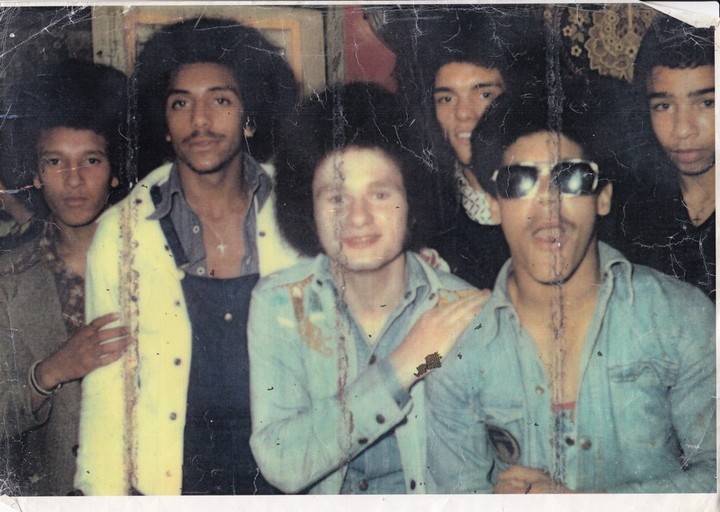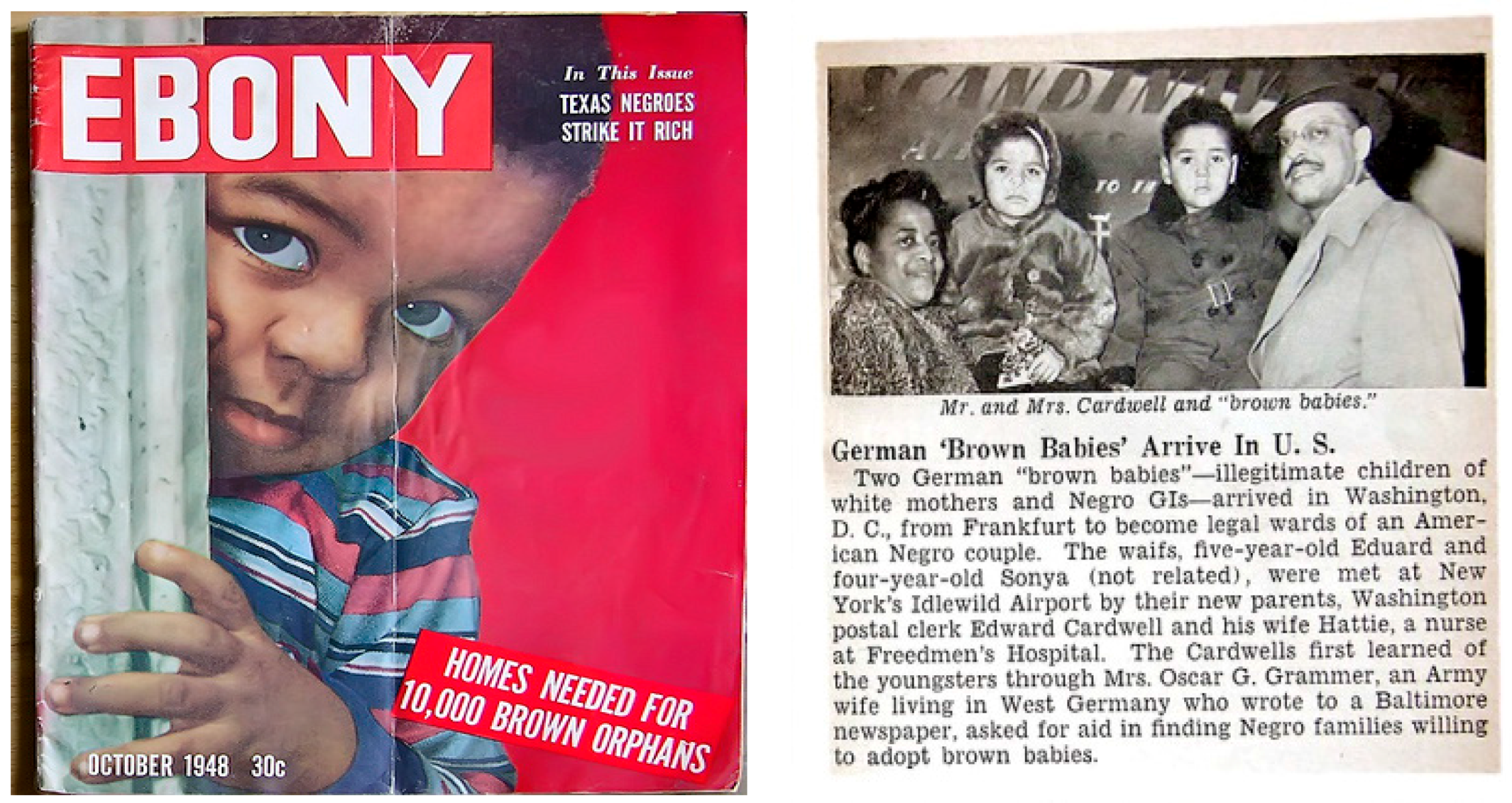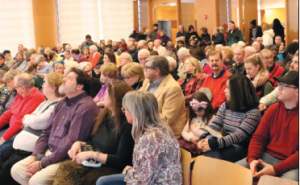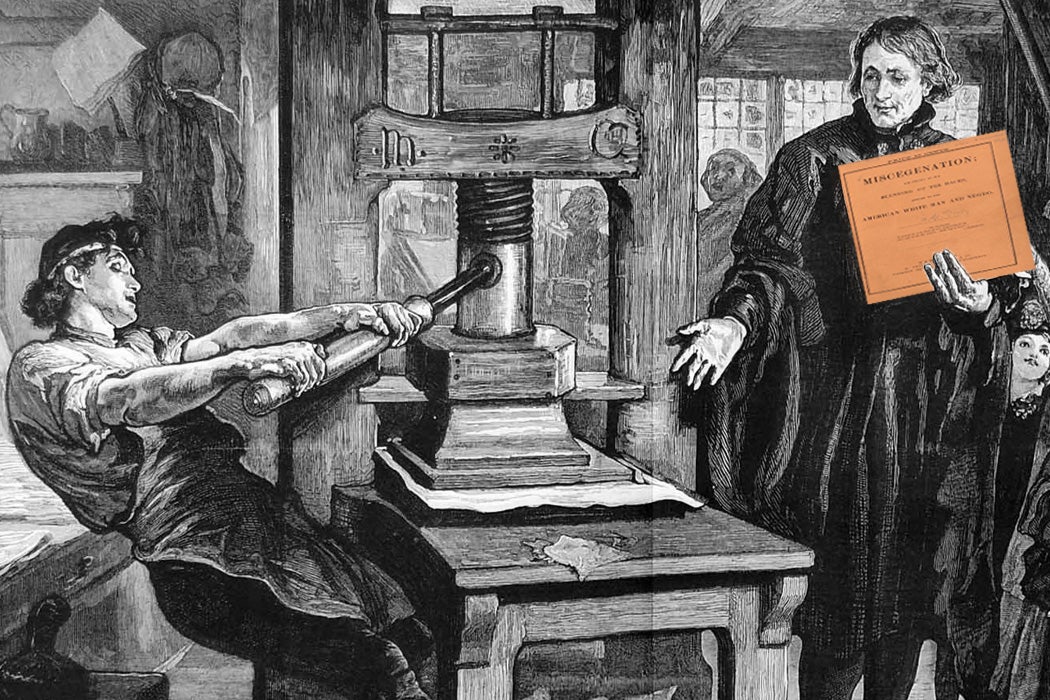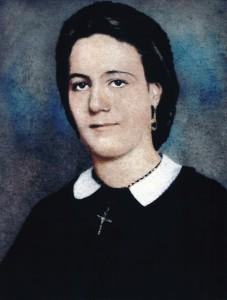Descendants Tell Stories of Free People of ColorPosted in Articles, History, Louisiana, Media Archive, United States on 2019-03-14 17:12Z by Steven |
Descendants Tell Stories of Free People of ColorDescendants Tell Stories of Free People of Color
The New York Times
2019-03-12
 Dwight and Beverly Stanton McKenna on the porch of the museum. “In this area, free people of color left their fingerprints on everything,” Ms. McKenna said. “This is who we are. This is our story.” Erica Christmas for The New York Times |
NEW ORLEANS — Le Musée de f.p.c. is devoted to the story of the free people of color of New Orleans, as told by their descendants.
Kim Coleman, 29, a curator at the museum whose grandmother was born three blocks from Le Musée, says that she sees it as a “reminder of who built the city culturally, politically and economically,” even as the black population of the surrounding Tremé-Lafitte neighborhood dropped to 64 percent from 92 percent after Hurricane Katrina.
Before the Civil War, free people of color made up a higher proportion of the population in New Orleans than anywhere else in the United States. At the time of the Louisiana Purchase, free black residents made up about 20 percent of the city’s population, largely because French and Spanish officials had allowed enslaved people to purchase their freedom.
Le Musée de f.p.c. is on the first floor of a grand, white-pillared mansion on Esplanade Avenue. Two hundred years ago, French-speaking Afro-Creole free people of color owned much of the property along Esplanade, a broad boulevard shaded by massive, gnarled live oak trees…
Read the entire article here.
